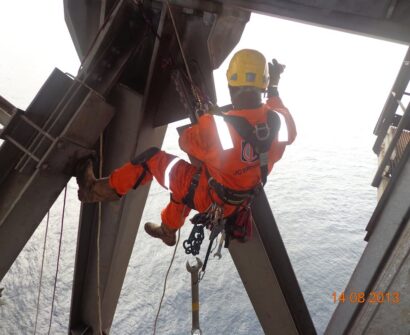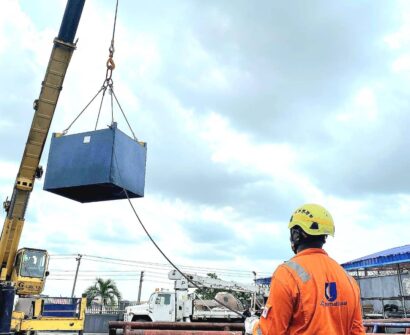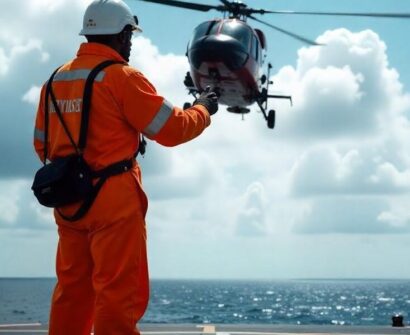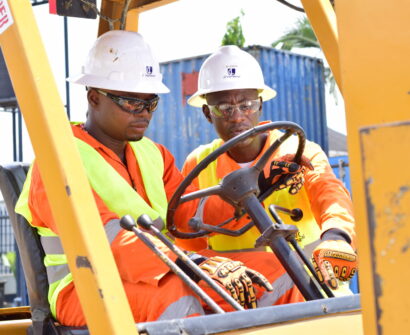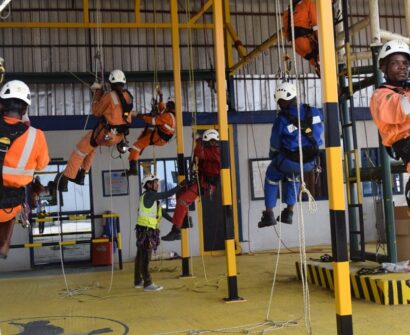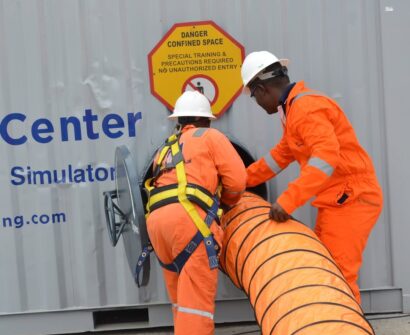Lifting and Slinging Training: Who Needs It and What to Expect.
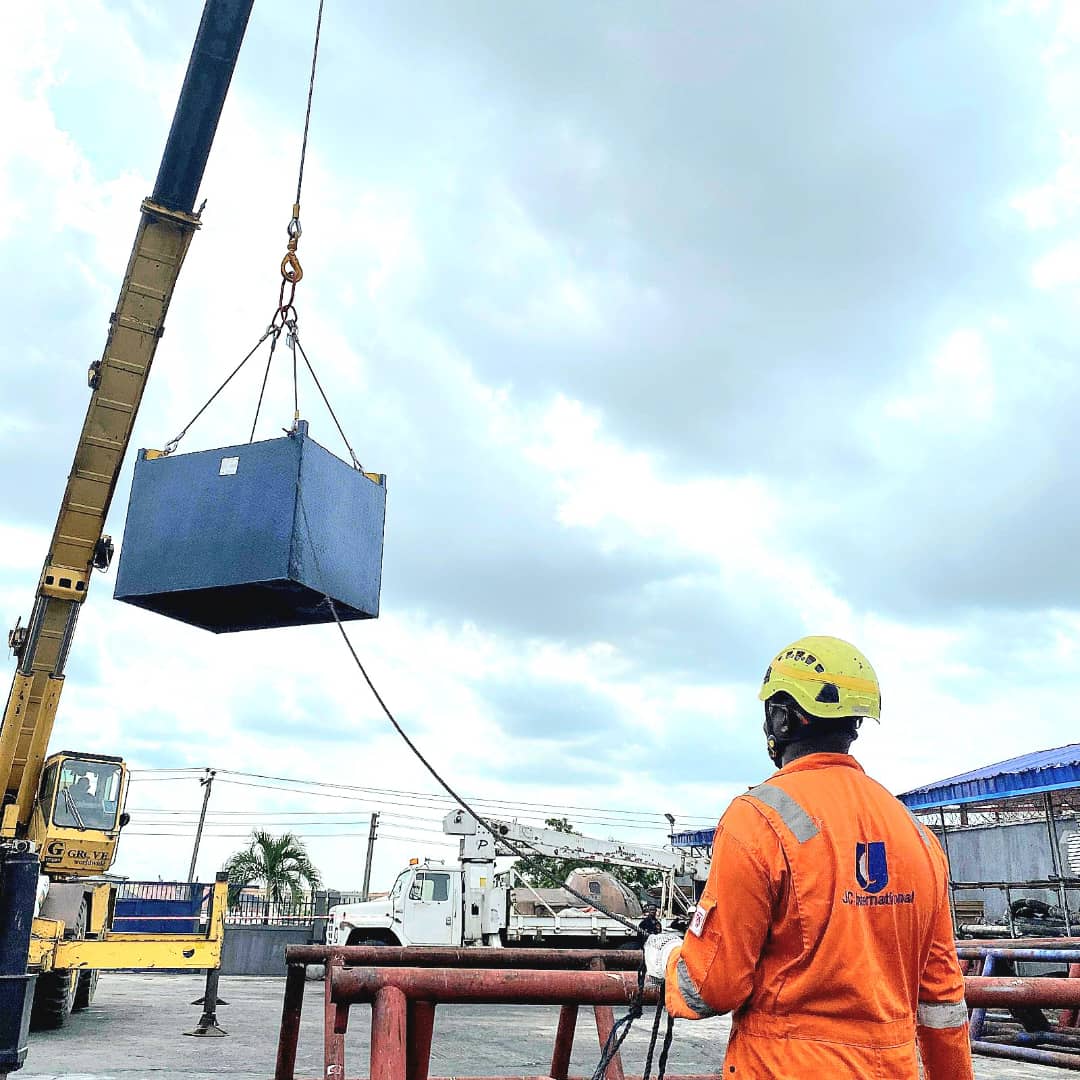
In high-risk industries where heavy loads are lifted and moved every day, safety isn’t just a priority, it’s a necessity. One wrong move during a lifting operation can lead to severe injuries, costly equipment damage, or even loss of life. That’s why lifting and slinging training isn’t merely a checkbox, it’s an essential requirement for anyone involved in load handling or rigging tasks.
Whether you’re a site worker, rigger, or safety officer, this training gives you the knowledge and hands-on skills needed to perform lifting operations safely, effectively, and in compliance with industry standards.
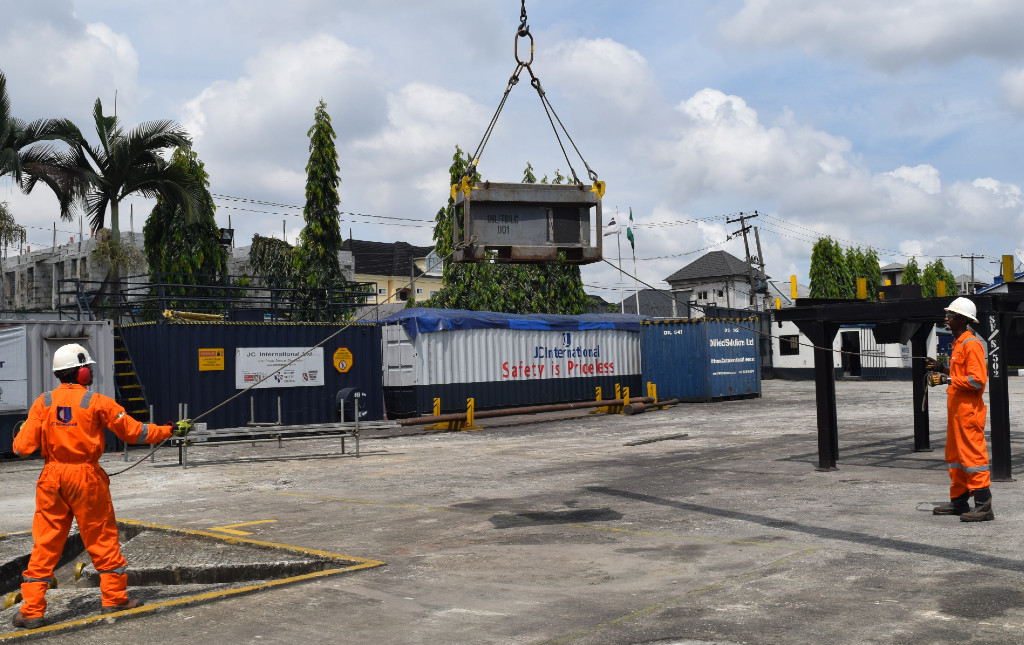
Who Needs Lifting and Slinging Training?
This training is ideal for a wide range of professionals and industries. You need it if you fall into any of the following categories:
- Riggers and slingers responsible for preparing and attaching loads
- Crane operators involved in lifting and hoisting activities
- Warehouse and logistics staff who manage goods and heavy loads
- Construction workers and site engineers working around lifting zones
- Safety officers and supervisors overseeing lifting operations
- Oil and gas personnel involved in offshore or onshore lifting tasks
- Anyone new to lifting operations who wants to build a strong foundation
If you or your team handles, supervises, or works near lifting equipment, this training is critical for maintaining a safe and compliant worksite.
What to Expect from Lifting and Slinging Training?
The goal of lifting and slinging training is to reduce risk and improve safety by equipping participants with both the theoretical understanding and practical techniques required in real-world lifting situations.
Key Topics Covered:
- Understanding different types of lifting equipment (slings, hooks, shackles, etc.)
- Load weight estimation and sling angle calculations
- Proper selection and use of slinging equipment
- Safe lifting procedures and lifting plan basics
- Effective communication and hand signal coordination
- Pre-use checks and equipment inspection
- Risk assessments and hazard control measures
- Practical lifting and slinging exercises under supervision
By the end of the training, participants should be able to confidently plan, prepare, and execute lifting tasks in a way that minimizes risk and enhances operational efficiency.
Why Choose JC International for Lifting and Slinging Training?
When it comes to quality and safety, JC International is a trusted name in the industry. We offer lifting and slinging training in Nigeria that meets both local regulations and global safety standards.
Here’s what sets us apart:
- Certified, industry-experienced trainers
- Fully equipped training grounds for realistic simulations
- Recognition by leading oil & gas, construction, and logistics companies
- Globally recognized certifications
- Strong emphasis on hands-on, job-ready skills
Whether you’re starting your career, updating your certification, or training a team, JC International delivers training that’s practical, professional, and safety-focused.
In today’s fast-paced industrial environments, safe lifting operations are not optional they are essential. Lifting and slinging training ensures that workers are competent, loads are secure, and risks are minimized.
Looking to get started? JC International is here to guide you with expert-led training that prepares you for success on any site.


